Weather Station and Weather Sensors
Weather Station and Weather Sensors
Description
- Weather forecasting
- Climate monitoring
- Agriculture
- Aviation and marine industries
- Energy and utility sectors
- Research and education

Free Shipping
Orders Over $500

Safety Insurance
Orders Over $500
Description
Weather stations and weather sensors are used to collect and monitor meteorological data to understand and predict weather conditions. They have wide range of applications including:
- – Weather forecasting: Weather stations and sensors provide real-time data on temperature, humidity, wind speed and direction, barometric pressure, precipitation, and other atmospheric conditions. This data is crucial for meteorologists to analyze and predict weather patterns, issue weather warnings, and provide accurate forecasts.
- – Climate monitoring: Weather stations and sensors help in monitoring long-term climate trends by collecting data over extended periods. This data is essential for climate scientists to analyze climate patterns, study climate change, and make informed decisions regarding environmental policies.
- – Agriculture: Weather sensors are used in agriculture to monitor and optimize crop growth and irrigation. Information on temperature, humidity, and precipitation helps farmers determine the best time for planting, watering, and harvesting crops. It also assists in monitoring soil moisture levels and preventing crop diseases due to excessive moisture or drought conditions.
- – Aviation and marine industries: Weather stations and sensors provide critical information for pilots, ship captains, and navigators to plan safe routes and avoid severe weather conditions. Wind speed and direction, temperature, and atmospheric pressure are crucial parameters for air and sea travel.
- – Energy and utility sectors: Weather stations and sensors are used in the energy and utility sectors to optimize energy production and distribution. Solar and wind farms use weather data to predict energy generation and plan maintenance activities. Weather information also helps utility companies manage power demand during extreme weather events.
- – Research and education: Weather stations and sensors are valuable tools for research and education purposes. They help scientists and students study weather patterns, climate change, and atmospheric phenomena. Weather data collected from different regions also contributes to global climate models and research projects.
- Products Series:
- ♦ Wind Sensor: An essential component of weather stations and are used to measure wind speed and direction;
- ♦ Ambient Sensor: Temperature and humidity sensor, noise sensor, air quality sensor for selection. There are air temperature, humidity, air pressure, dust, visibility, CO2, CO, SO2, O3, NH3 and other sensors, which are widely used in industrial and agricultural production and air quality monitoring;
- ♦ Rain Gauge: Rain gauges provide reliable and accurate measurements of precipitation, which is essential for weather monitoring, hydrological studies, agriculture, water resource management, and other applications that rely on rainfall data. There are tipping bucket rainfall sensor, radar rainfall sensor, snow depth sensor, etc;
- ♦ Soil Sensor: Different types of soil sensors, such as soil moisture sensor, soil temperature sensor, soil EC sensor, soil PH sensor, etc;
- ♦ Weather Station: weather stations are based around a data logger that measures the sensors, then processes, stores, and transmits the data. Data recording intervals are independently programmable. There are wireless weather station for home, outdoor weather sensor, ultrasonic weather station etc for selection
- ♦ Water Sensor: Water sensors (water quality detector and water level detector sensor) allow managers to water level, temperature, pH, conductivity, dissolved oxygen, SS,ORP/Redox and so on;
- ♦ Radiation Shield: Multi-plate solar radiation shield, fan- aspirated solar radiation shield, etc;
- ♦ Data Logger: Data loggers are an essential component in data acquisition systems. They can scan a wide variety of measurement sensors, perform any programmed calculations, convert the data to other units of measurement, and store the data in memory.
Explore More
Related Products
Explore related products that perfectly complement your purchase. Find everything you need to enhance your tech experience!
We offers you convenient shopping experience
Lorem ipsum dolor sit amet, consectetur adipiscing elit.

Mobile shopping
Lorem Ipsum is simply dummy text of the printing and typesetting industry.

Secure payments
Lorem Ipsum is simply dummy text of the printing and typesetting industry.

Present packaging
Lorem Ipsum is simply dummy text of the printing and typesetting industry.
- Address: Office#: 1, 2 & 3, 1st floor Gulzar Arcade
- Lane#: 03 Gulistan Colony, Rawalpindi
- +92 333 1581952
- [email protected]
- Support 24/7
+92 333 1581952
- For Overseas Inquiries
- +447936497645
Copyright © 2025 SS Traders. All Rights Reserved.
Let's Talk
Lorem ipsum dolor sit amet, consectetur adipiscing elit. Ut elit tellus, luctus nec ullamcorper mattis, pulvinar dapibus leo.


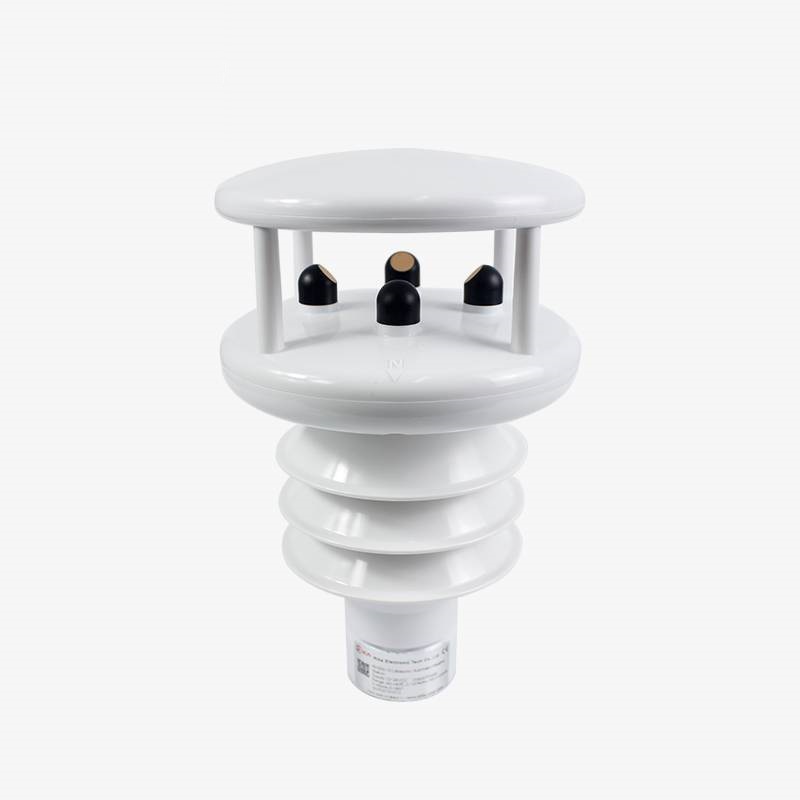
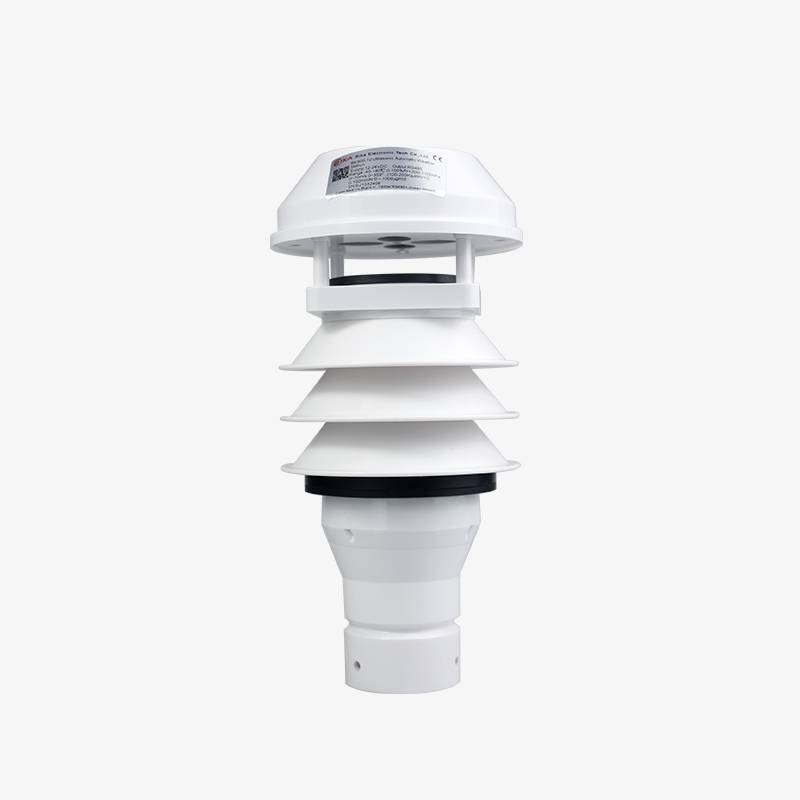
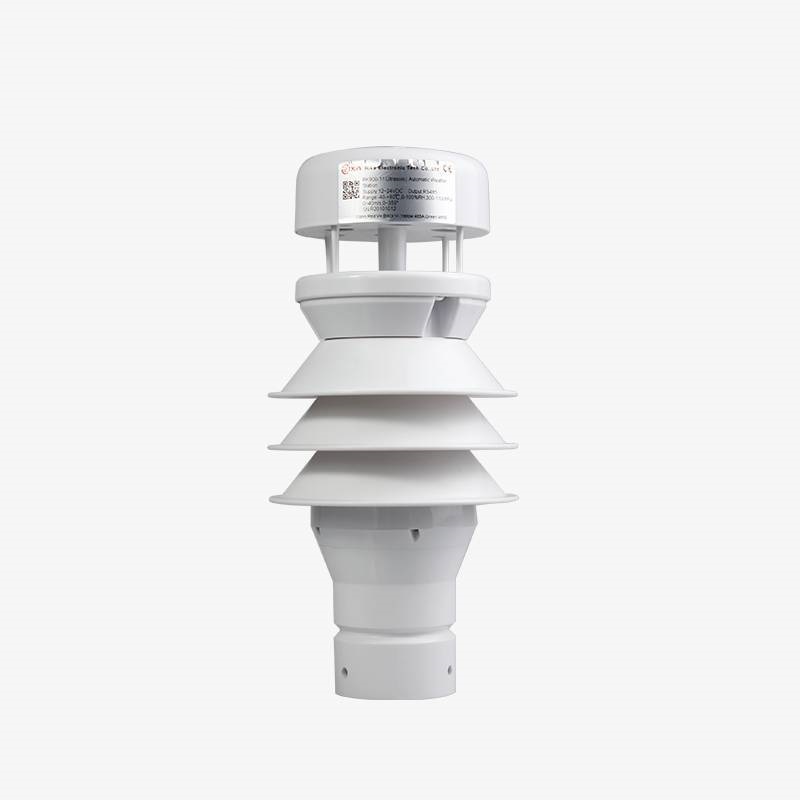
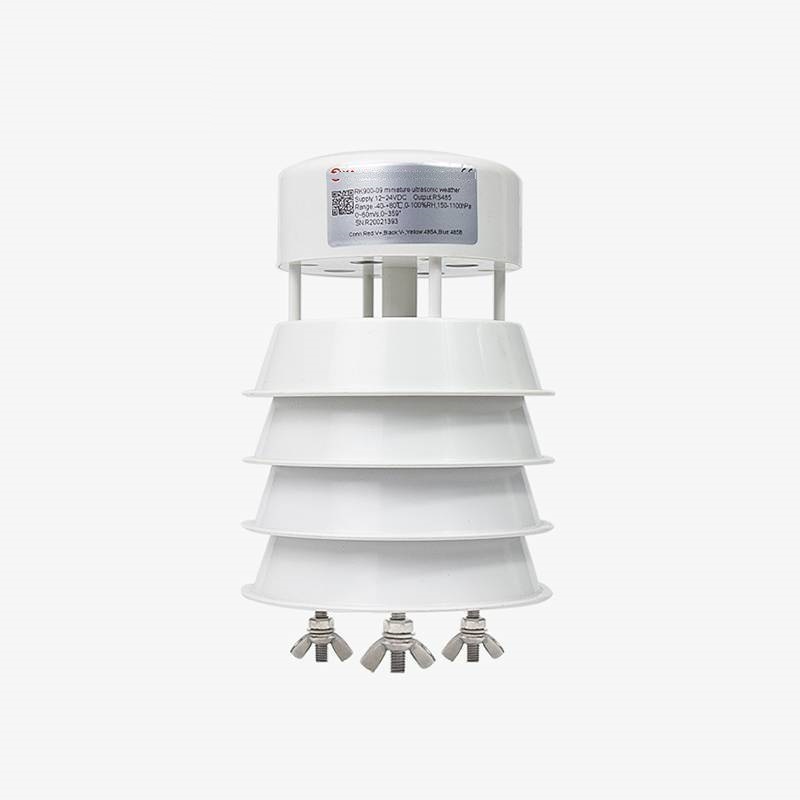
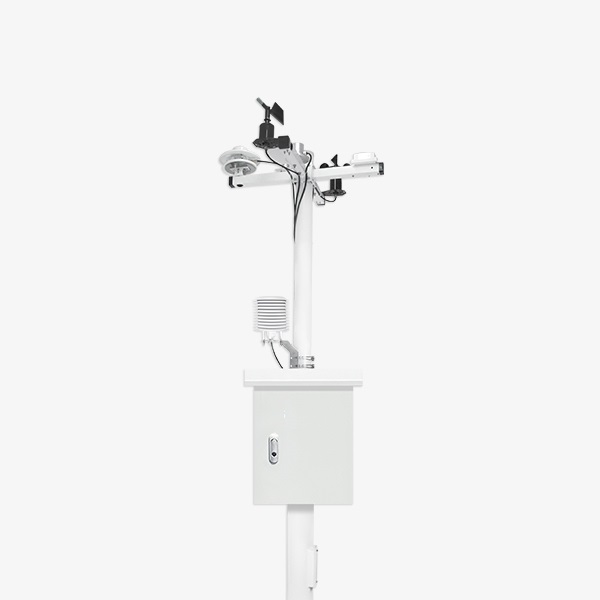
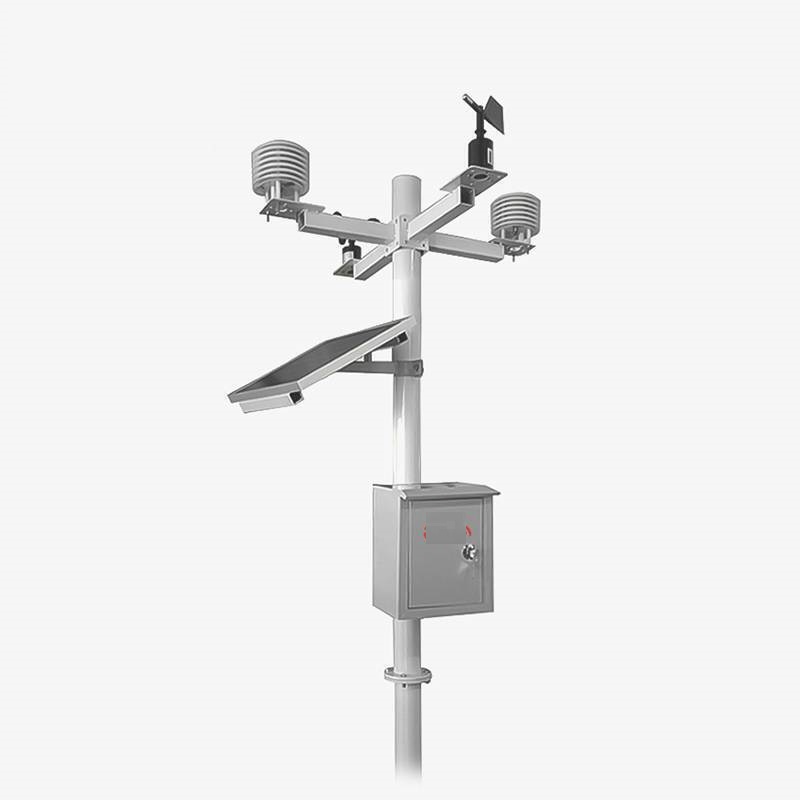

Reviews
There are no reviews yet.